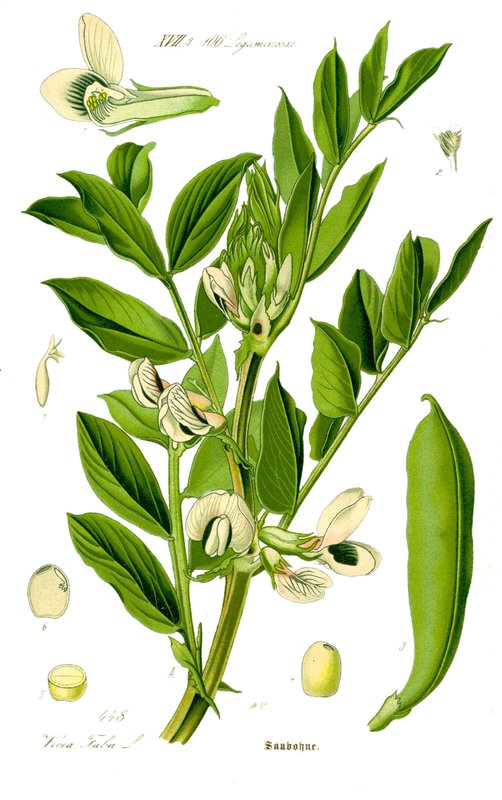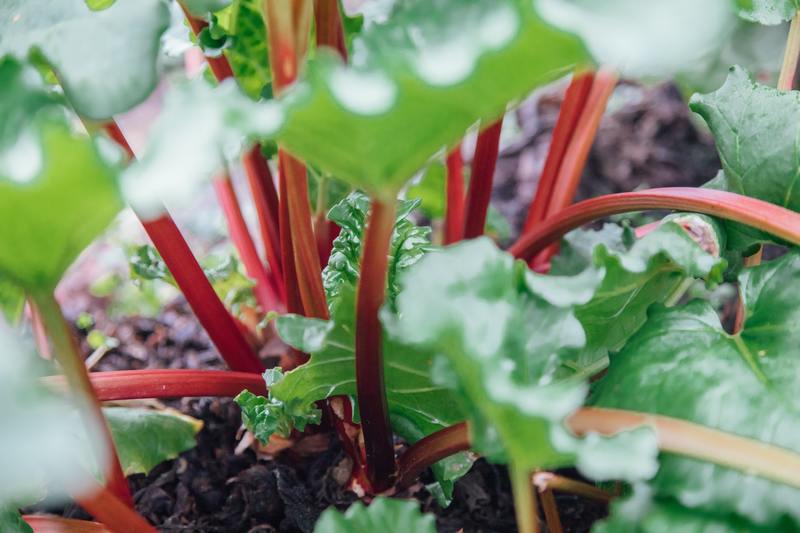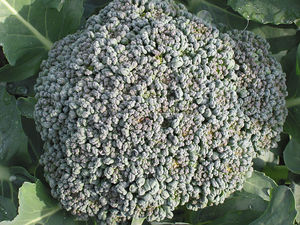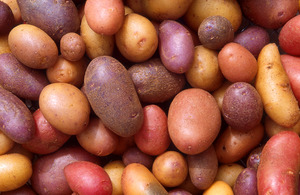Description
Red clover is a flowering plant native to Europe, Western Asia, and Northwest Africa. It typically grows to about 1-2 feet tall and has trifoliate leaves with a characteristic white or pinkish “V” shape at the base. The flowers are typically a deep pink color and are arranged in compact, spherical clusters.
Red clover prefers well-drained, fertile soil and a temperate climate. It can be grown as a perennial in cooler climates, but is often grown as an annual in warmer climates. To cultivate red clover successfully, a grower will need to ensure that the soil is adequately prepared, with adequate moisture and nutrients.
Red clover is winter hardy and can tolerate frost. It can be grown as a cover crop to help improve soil fertility and structure, and is often used as a natural source of nitrogen for other crops. It is also used as a source of food for grazing animals.
The edible parts of red clover include the leaves and flowers, which can be eaten raw or cooked. The leaves can be stored by drying or freezing, while the flowers can be stored by drying or preserving in syrup.
Red clover has a number of medicinal uses, including the treatment of coughs and colds, as well as being used as a natural estrogen replacement. It is also used to improve skin health and as a natural diuretic.
Red clover is a valuable plant for wildlife, providing nectar for pollinators such as bees, as well as being a food source for other animals. It is also used by some bird species for nesting material.







